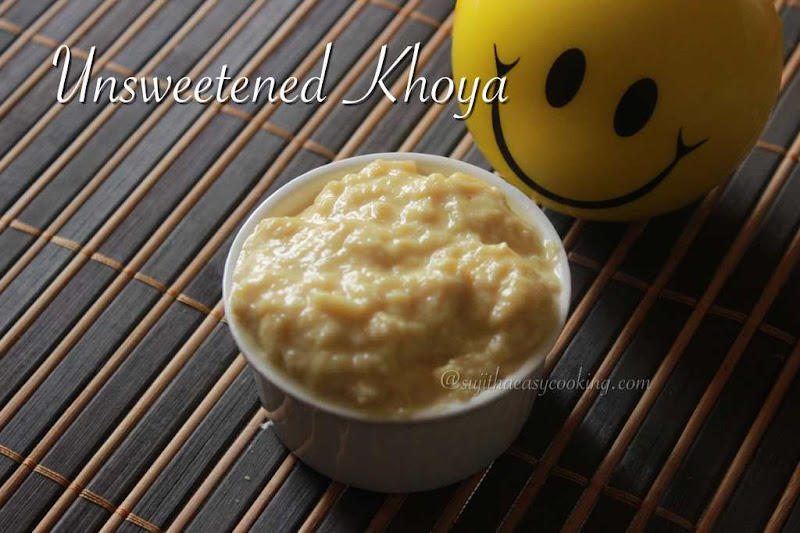Homemade Milk Koya
 Milk Koya (Koya Khoya) is a rich and creamy dairy product used in many Indian sweets and desserts. It is essentially reduced milk solids made by slowly evaporating milk until it thickens.
Milk Koya (Koya Khoya) is a rich and creamy dairy product used in many Indian sweets and desserts. It is essentially reduced milk solids made by slowly evaporating milk until it thickens.
 Milk Koya (Koya Khoya) is a rich and creamy dairy product used in many Indian sweets and desserts. It is essentially reduced milk solids made by slowly evaporating milk until it thickens.
Milk Koya (Koya Khoya) is a rich and creamy dairy product used in many Indian sweets and desserts. It is essentially reduced milk solids made by slowly evaporating milk until it thickens.
4o
Milk Koya (Khoya) is a versatile ingredient used in various Indian sweets and desserts. Here are some popular ways to use Milk Koya:
Ingredients:
Instructions:
Ingredients:
Instructions:
Ingredients:
Instructions:
Ingredients:
Instructions:
Ingredients:
Instructions:
These are just a few examples of the many delicious treats you can make using Milk Koya. Enjoy experimenting with different recipes and flavors!
Preserving Milk Koya (Khoya) properly is important to ensure it stays fresh and safe to use in your recipes. Here are some methods for preserving Milk Koya:
By following these storage methods, you can preserve the quality and freshness of your Milk Koya for future use in your favorite recipes.
| Milk | 1 litre |





